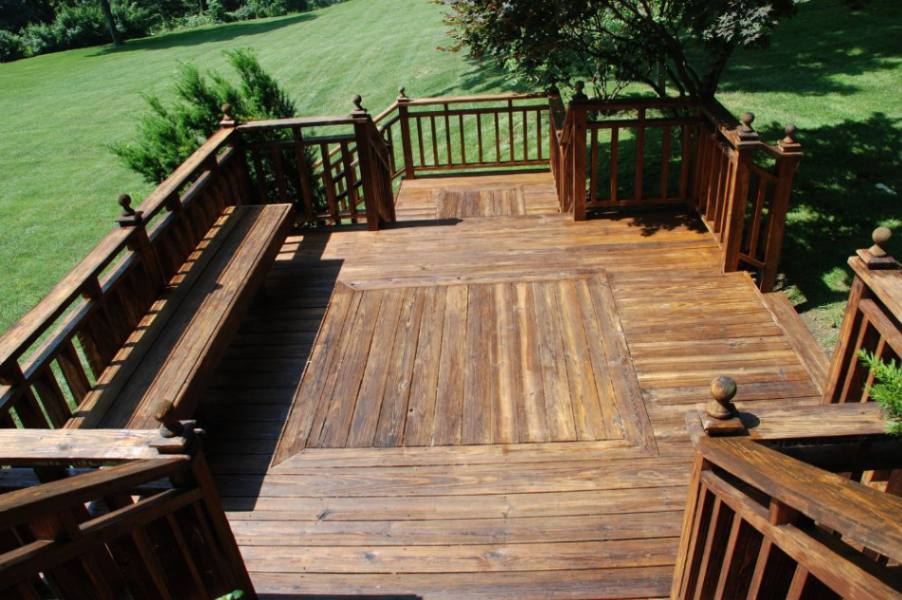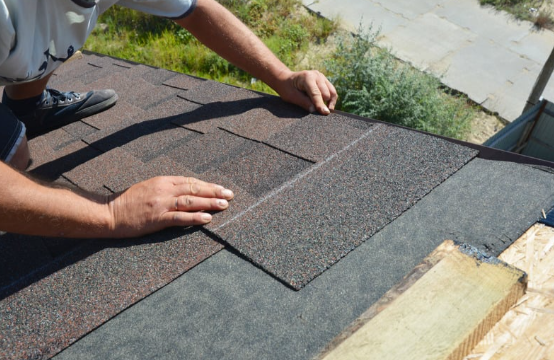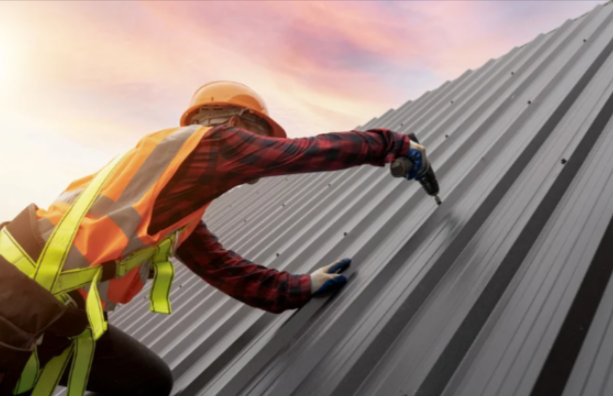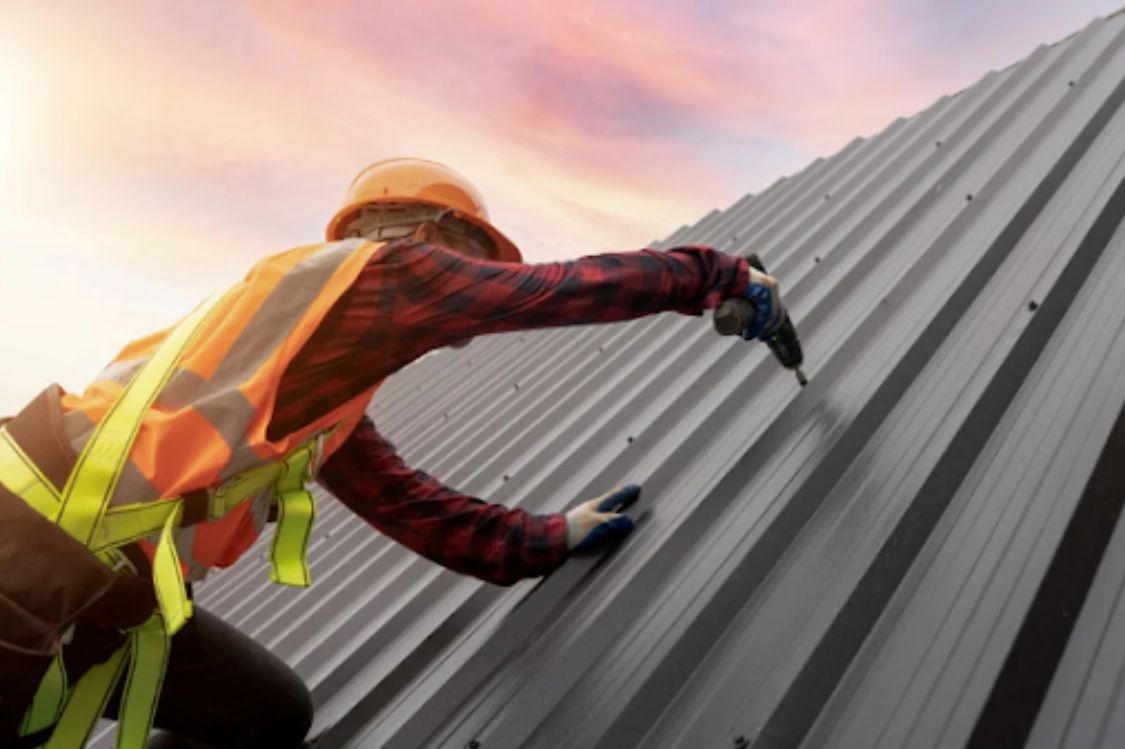A roof installation is a significant investment for any homeowner, and it is essential to get it right the first time. A properly installed roof not only enhances the look of your home but also provides protection from the elements. With so many roofing contractors out there, it can be confusing to choose the right one and ensure a successful installation. To help you navigate through the process, we have compiled a list of the top 10 tips for a successful roof installation.
Selection of the Right Materials
Choosing the correct roofing materials is essential for a successful installation. From asphalt shingles, metal roofing, clay tiles, and others there are a variety of materials available to choose from. Each material offers unique advantages and disadvantages, including cost, longevity, and visual appeal. Take into account factors like your climate, budget, and the architectural design of your property when deciding.
Hire a Professional Contractor
Hiring an accredited and skilled roofing contractor is crucial. Expert roof installation services will possess the knowledge to manage the intricacies of roof installation. When evaluating contractors, verify their credentials, review feedback, and request references.
Confirm they carry insurance and provide a guarantee on their services. Also, you need to ensure that before starting any roofing project, you obtain the necessary permits from your local building department. Additionally, schedule inspections throughout the installation process to ensure that the work is being done correctly and up to code.
Plan Ahead
Plan roof installation in advance to ensure a smooth roof installation. Schedule the installation for a time of year with favorable weather conditions to avoid delays and complications. Consider the logistics, such as the delivery of materials and the availability of the installation crew, to ensure everything runs smoothly.
Ensure Proper Ventilation
Proper ventilation is crucial for your roof’s durability and your home’s comfort. Ventilation regulates temperature and moisture levels in the attic, preventing roof structure damage. Common ventilation systems include ridge vents, soffit vents, and gable vents. Consult your contractor to determine the best options for your home.
Focus on Insulation
Proper insulation of the roof is crucial for energy efficiency and roof protection. It helps to minimize heat loss in winter and keeps your home cool in summer. You can choose from fiberglass batts, which are easy to install and cost-effective; spray foam, known for its excellent air sealing and high R-value; and rigid foam boards, which offer superior moisture resistance and thermal protection. Also, insulation may seem costly in the short term, but in the long term, it will save you on utility bills. Select insulation materials based on your roof type and climate, like fiberglass batts, spray foam or rigid foam boards.
Pay Attention to Roof Decking
The roof deck is crucial for your roofing system. Make sure it’s in good condition before putting in new materials. If damaged or deteriorated, repair or replace it for a solid base for the new roof.
Consider Roof Pitch and Design
The pitch and design of your roof affect the installation process and material choice. Steeper roofs may require different materials and techniques compared to flat roofs. Your roof’s design also impacts its drainage and overall aesthetics. Work with your contractor to select the best approach for your roof’s pitch and design.
Don’t Overlook Flashing and Sealing
Flashing and sealing are critical for preventing leaks around roof penetrations like vents, chimneys, and skylights. Proper installation of flashing and thorough sealing ensure that water is directed away from vulnerable areas. Neglecting this step can lead to significant water damage and costly repairs.
Conduct Regular Inspections
Regular roof inspections can help detect possible problems before they escalate. Make it a point to inspect your roof twice a year and follow harsh weather conditions. Be on the lookout for indications of damage like missing shingles, cracks, and leaks. Timely resolution of minor issues can prolong your roof’s lifespan.
Understand Warranty and Maintenance
Once the roof installation is finished, it is crucial to perform regular maintenance to upkeep its condition. Be familiar with the roof’s warranty terms and the necessary maintenance to maintain its validity. Some warranties may include specific requirements like routine inspections and maintenance by certified experts. Adhering to these guidelines safeguards your investment and keeps the roof in good shape.
These top 10 tips can aid in a successful roof installation. By selecting suitable materials, hiring a professional contractor such as Enduring Roofing & Gutters, and ensuring proper ventilation and insulation, you can have a sturdy and dependable roof. Regular inspections and maintenance will also prolong the roof’s lifespan, offering peace of mind and safeguarding your home







